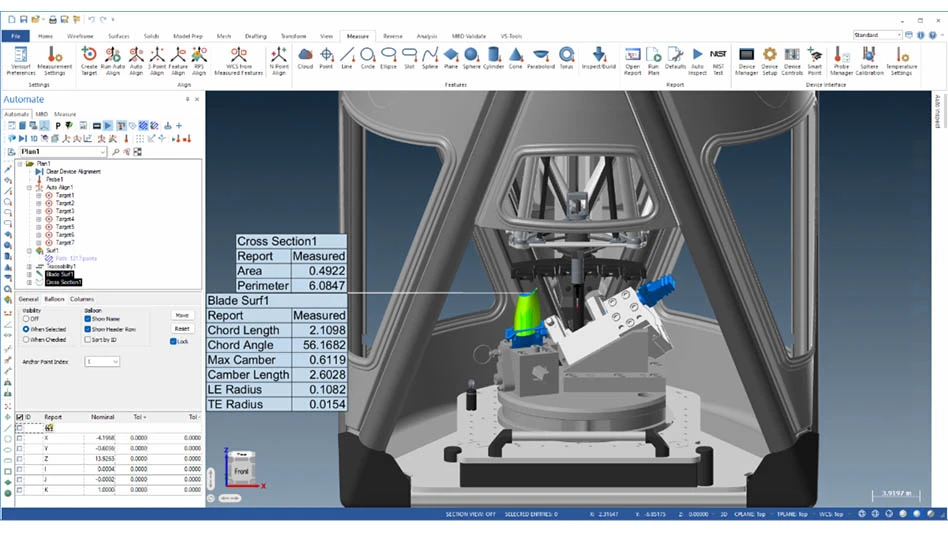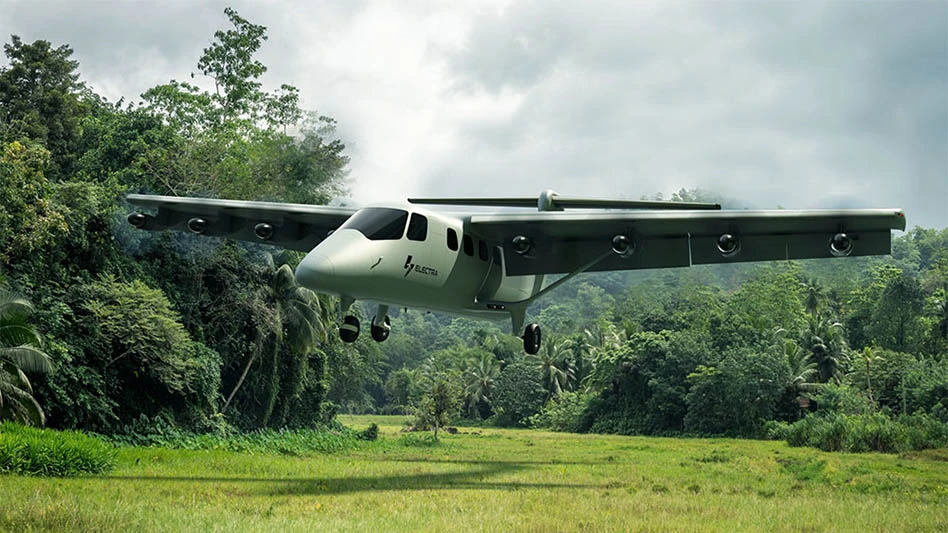
NASA
NASA has selected Boulder, Colorado-based Ball Aerospace to build the spacecraft for the Spectro Photometer for the History of the Universe, Epoch of Reionization and Ices Explorer (SPHEREx) mission. Ball is also responsible for the system integration and test, support for integration of the spacecraft onto a launch vehicle, and commissioning of the spacecraft after launch.
The SPHEREx mission will study the nature of physics that drove cosmic inflation in the early universe; determine the properties of interstellar ices, a key reservoir for water and biogenic material in the early phases of star and planet formation; and probe the cosmic history of galaxy formation. Dr. James Bock of the California Institute of Technology (CalTech) is the principal investigator for SPHEREx and NASA's Jet Propulsion Laboratory (JPL) is the managing center.
Dr. Makenzie Lystrup, vice president and general manager, Civil Space, Ball Aerospace, said, "Our extensive heritage across a wide breadth of NASA science and exploration mission classes informs our development of technology that will enable the science of tomorrow – providing science at any scale."
The SPHEREx spacecraft will be based on the Ball Configurable Platform (BCP), using a common spacecraft bus and standard payload interfaces to reduce cost, streamline payload accommodation, and minimize delivery time. The BCP series has served as the spacecraft for explorer-class missions such as the Wide-Field Infrared Survey Explorer (WISE) that mapped the celestial sky and was later repurposed as NEOWISE after completing its primary mission in order to hunt for near-Earth objects.
A planned two-year mission funded at $242 million (not including launch costs) and targeted to launch in 2023, SPHEREx will survey the sky in optical as well as near-infrared light. Astronomers will use the mission to gather data on more than 300 million galaxies, as well as more than 100 million stars in our own Milky Way.
Thomas Zurbuchen, associate administrator for NASA’s Science Mission Directorate, said, “It will deliver an unprecedented galactic map containing ‘fingerprints’ from the first moments in the universe’s history. And we’ll have new clues to one of the greatest mysteries in science: What made the universe expand so quickly less than a nanosecond after the big bang?”
SPHEREx will survey hundreds of millions of galaxies near and far, some so distant their light has taken 10 billion years to reach Earth. In the Milky Way, the mission will search for water and organic molecules – essentials for life, as we know it – in stellar nurseries, regions where stars are born from gas and dust, as well as disks around stars where new planets could be forming.
Every six months, SPHEREx will survey the entire sky using technologies adapted from Earth satellites and Mars spacecraft. The mission will create a map of the entire sky in 96 different color bands, far exceeding the color resolution of previous all-sky maps. It also will identify targets for more detailed study by future missions, such as NASA’s James Webb Space Telescope and Wide Field Infrared Survey Telescope.
NASA's Astrophysics Explorers Program requested proposals for new missions in September 2016. Nine proposals were submitted, and two mission concepts were selected for further study in August 2017. After a detailed review by a panel of NASA and external scientists and engineers, NASA determined that the SPHEREx concept study offered the best science potential and most feasible development plan.
Ball Aerospace in Broomfield, Colorado, will provide the SPHEREx spacecraft and mission integration. The Korea Astronomy & Space Science Institute in Daejeon, Republic of Korea, will contribute test equipment and science analysis.
NASA's Explorer program – managed by the agency’s Goddard Space Flight Center in Greenbelt, Maryland, and the agency's oldest continuous program – has launched more than 90 missions, beginning in 1958 with Explorer 1, which discovered the Earth’s radiation belts. The Cosmic Background Explorer mission, launched in 1989, led to a Nobel Prize.
Latest from Aerospace Manufacturing and Design
- Demystifying Controlled Unclassified Information (CUI)
- Simplify your shop floor operations while ensuring quality parts
- Happy Independence Day - July 4th
- Bombardier receives firm order for 50 Challenger, Global jets
- Automatic miter bandsaw
- SAS orders 45 Embraer E2 jets with options for 10 more
- Height measuring instrument
- Shopfloor Connectivity Roundtable with Renishaw & SMW Autoblok





